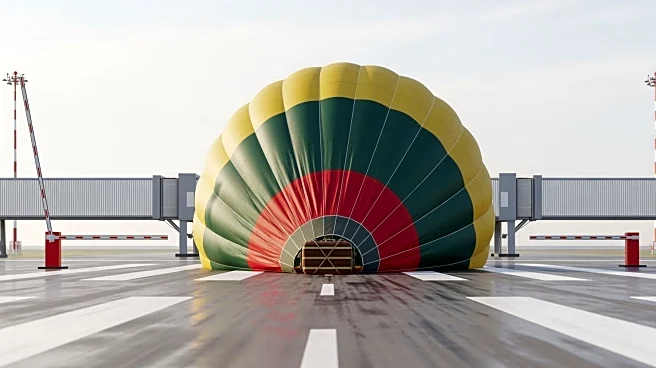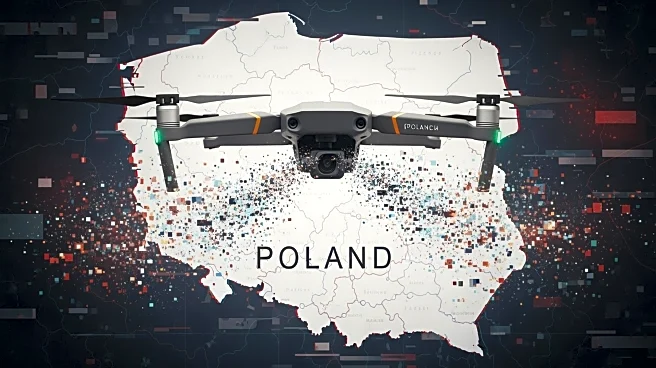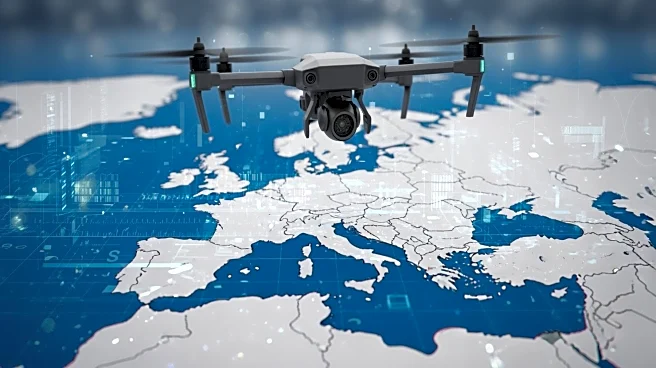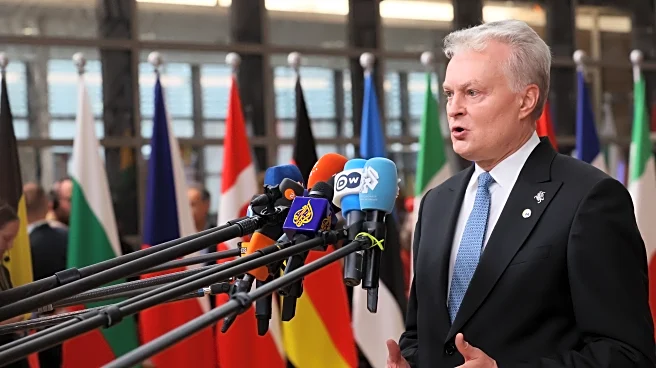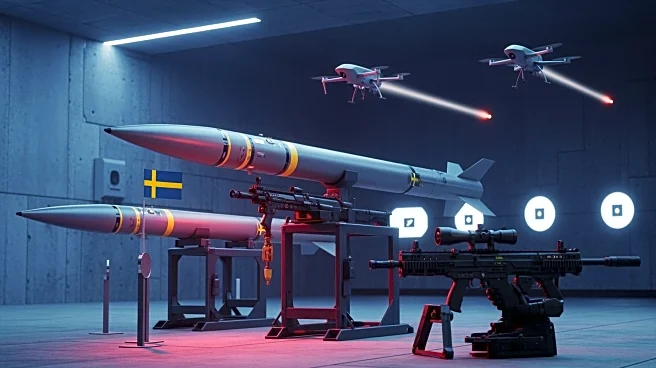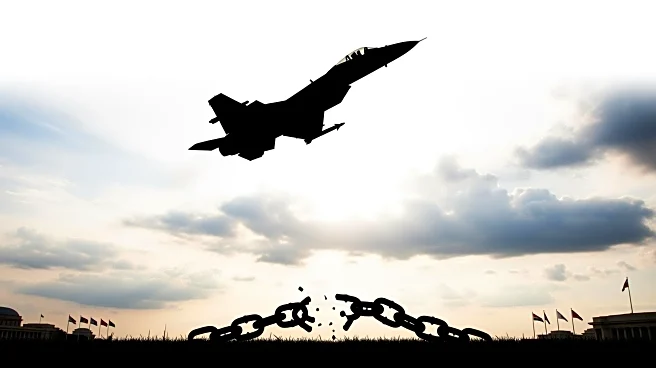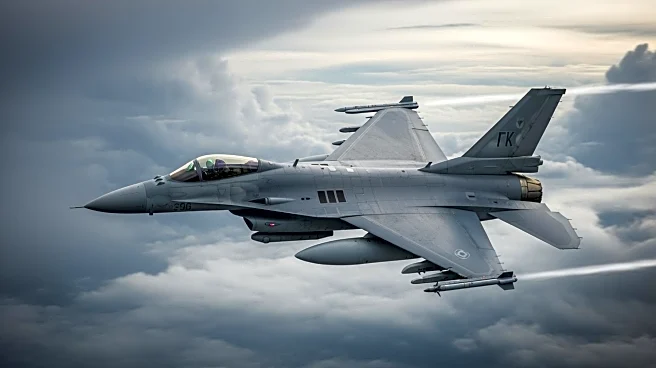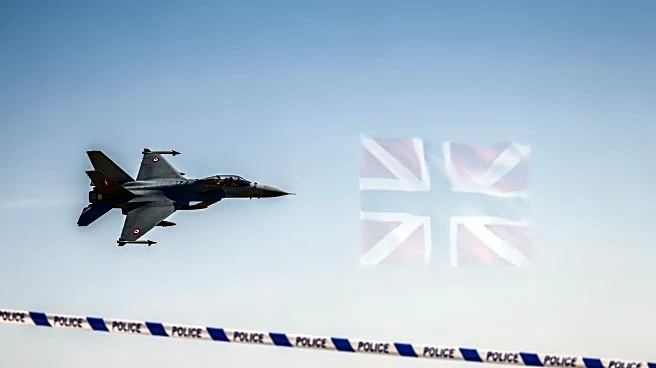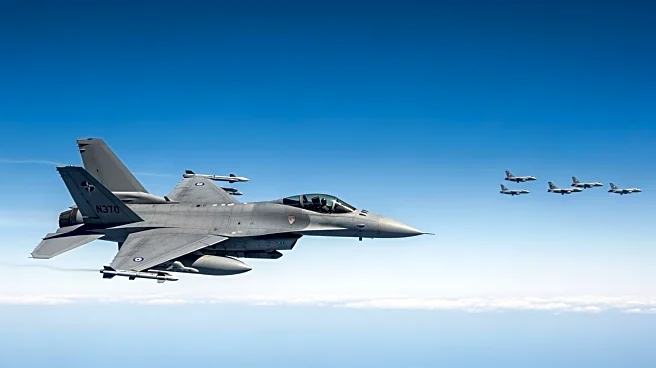What's Happening?
Lithuania has temporarily closed its largest airport and land border crossings with Belarus following incidents involving balloons launched from Belarusian territory. These balloons, reportedly carrying contraband cigarettes, have led to airspace violations
and forced the closure of airspace earlier in the month. Lithuania's Prime Minister Inga Ruginiene announced the closure of the Salcininkai and Medininkai border crossings after the third such incident this month. Airports in Vilnius and Kaunas were also suspended due to these 'smuggling balloons.' Previous incidents on October 5 and 21 had already caused significant disruptions, including the cancellation of dozens of flights. The situation adds to existing tensions along NATO’s eastern flank, with Lithuania accusing Russia of violating NATO airspace with military aircraft, although Russia denies these claims.
Why It's Important?
The closure of Lithuania's borders and airports underscores the heightened tensions between NATO member states and Russia, particularly in the context of ongoing conflicts and accusations of airspace violations. Lithuania's actions reflect broader concerns about security and sovereignty in the region, especially given Belarus's close ties with Russia. The incidents highlight the potential for hybrid warfare tactics, such as the use of balloons for smuggling, which complicate traditional defense strategies. This situation could lead to increased military readiness and diplomatic efforts within NATO to address these unconventional threats. The economic impact is also significant, as the closure of major transportation hubs disrupts trade and travel, affecting businesses and individuals reliant on these routes.
What's Next?
Lithuania plans to reopen the border crossings at midday Saturday, with the National Security Commission scheduled to meet next week to discuss strategies to combat the smuggling activities. The ongoing tensions suggest that further accusations of airspace violations linked to Russia are likely, potentially prompting additional diplomatic and military responses from NATO. The situation may lead to increased surveillance and security measures along the borders, as well as potential discussions within NATO about strengthening collective defense mechanisms against hybrid threats.
Beyond the Headlines
The incidents involving balloons from Belarus highlight the evolving nature of security threats in the region, where traditional military confrontations are supplemented by unconventional tactics. This raises questions about the adequacy of current defense strategies and the need for NATO to adapt to new forms of warfare. The situation also reflects broader geopolitical dynamics, with Belarus acting as a proxy for Russian interests, complicating diplomatic relations and regional stability. The use of balloons for smuggling underscores the challenges of border security in an era where technology and creativity can bypass traditional defenses.
